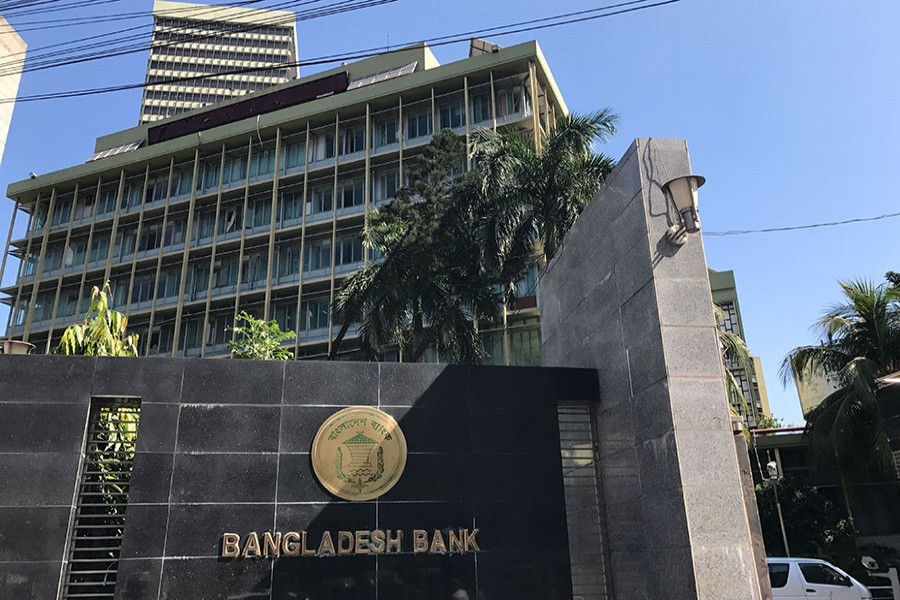Bangladesh's current-account deficit widened almost eight times or by $4.76 billion in the first half (H1) of this fiscal over the corresponding figure, as outgoings far outstripped incomings.
According to latest statistics of the central bank the current-account deficit in the July-December period marked a sharp widening from $0.54 billion in the same period of the past fiscal year.

A yawing trade gap resulted in the current-account shortfall, adding up pressure to the county's overall external-sector balance.
Merchandise-trade deficit with the rest of the world shot up to $8.62 billion in the first six months of this fiscal year (FY18), in a quantum leap by 91 per cent over the trade gap worth $4.51 billion in the same period of FY17.
"Huge increase in imports against the slow takeoff in exports widened the merchandise-trade gap," said Prof Mustafizur Rahman, a distinguished fellow at the Centre for Policy Dialogue (CPD).
"The rise in import is mostly due to increased demand for materials required for the big infrastructure projects across the country," he added. "Moreover, fuel price in the international market is also on rise."
The economist was of the view that little could be done on import surge as it is mostly related to the country's production activities.
"But the government should check whether some abnormal rises are there in some raw materials and the products enjoying zero-duty facility," he said about what else may remain in the downside of the import binge.
Central bank statistics also added that service-trade gap increased by around 46 per cent during the period under review.
Service-trade gap stood at $2.28 billion in the first six months of the current fiscal year from $1.56 billion in the corresponding period.
Thus, overall trade gap crossed $10-billion mark in the first half of the current fiscal.
"The increased trade gap naturally put pressure on the current account, creating huge deficit," said Prof Mustafiz while taking to the FE on Tuesday.
He was of the view that already there is a pressure on the exchange rate, with the Bangladeshi currency becoming weaker against the US dollar.
"But the exchange-rate management is mostly on the right track," he said.
He also said that though the country has good amount of foreign- exchange reserves, there is little scope to be complacent as pressure on import payments may go mounting further.
Foreign-exchange reserves amounted to $32.76 billion at the end of the first week of February which was $33.22 billion at the end of December 2017.
"We need to focus on value-added export and explore the regional markets along with diversified products to increase the export earnings," the economist added.
He also mentioned that global forecast on growth and trade is positive for the current year and so Bangladesh has the opportunity to enhance exports.


